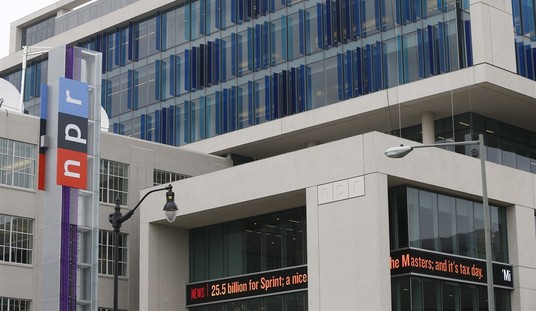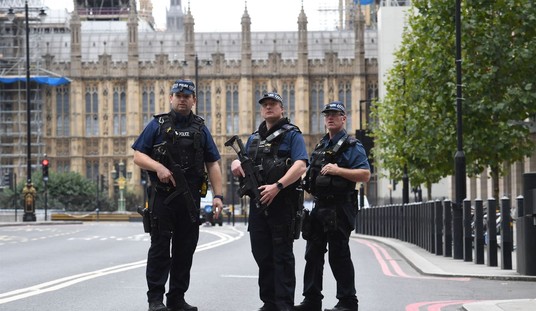The January employment report was a complete snow job. Abominable winter blizzards across the country caused 886,000 workers to report "not at work due to bad weather," according to the Bureau of Labor Statistics. This is 600,000 more than the normal 300,000 not at work for the average January of the past decade.
So the bad weather has distorted the numbers. The actual 36,000 increase in non-farm payrolls and the 50,000 gain in private payrolls really don't have a snowball's chance at being accurate. The 1 million people in January who wanted a job but didn't look for one because of "other" reasons hints again at the bad-weather distortion. So does the 4.9 million jump in the part-time workforce.
As for the 9 percent unemployment rate, it's not likely to last as more people are recorded re-entering the labor force in the months ahead. The household employment survey (on which the unemployment rate is based) increased 117,000 in January, following a near 300,000 gain in December.
On the plus side (if anything can be believed in these numbers), average hourly earnings increased by 0.4 percent -- a much bigger gain than in recent months. Over the past year, wages are rising 1.9 percent.
But here's a key point: Manufacturing jobs in January rose by nearly 50,000. That's consistent with the blowout ISM manufacturing report for January published a few days ago. Manufacturing has been the biggest surprise in the recovery. Additionally, the ISM non-manufacturing services report was also gangbusters for January.
These reports are more accurate and more significant than the jobs calculation. And if you piece them together with record-breaking profits, which are the mother's milk for stocks, business and the whole economy, it's hard not to conclude that the pace of recovery is actually picking up steam -- despite the lackluster jobs performance.
Recommended
The downside of the upside is mounting inflation pressure. Both ISM reports registered very strong prices paid. Those outsized price increases are picking up the huge commodity-price increases that Ben Bernanke continues to ignore.
Bond-market rates have moved up to 3.64 percent for the 10-year Treasury and 4.73 percent for the 30-year. Those rising yields are signaling inflationary growth. Along with soaring commodity prices, the abnormally steep Treasury yield curve is signaling the Fed to stop creating new dollars with its QE2 pump-priming.
Right now, stronger economic growth, higher profits and rising inflation continue to help the stock market, which actually increased after Friday's weird jobs report. But the risk here is that reported inflation for the CPI may rise faster than anyone thinks. And that could take a bite out of stocks and the recovery.

























Join the conversation as a VIP Member